Home>Furniture & Design>Bathroom Accessories>Bathtub Creaks When I Step In
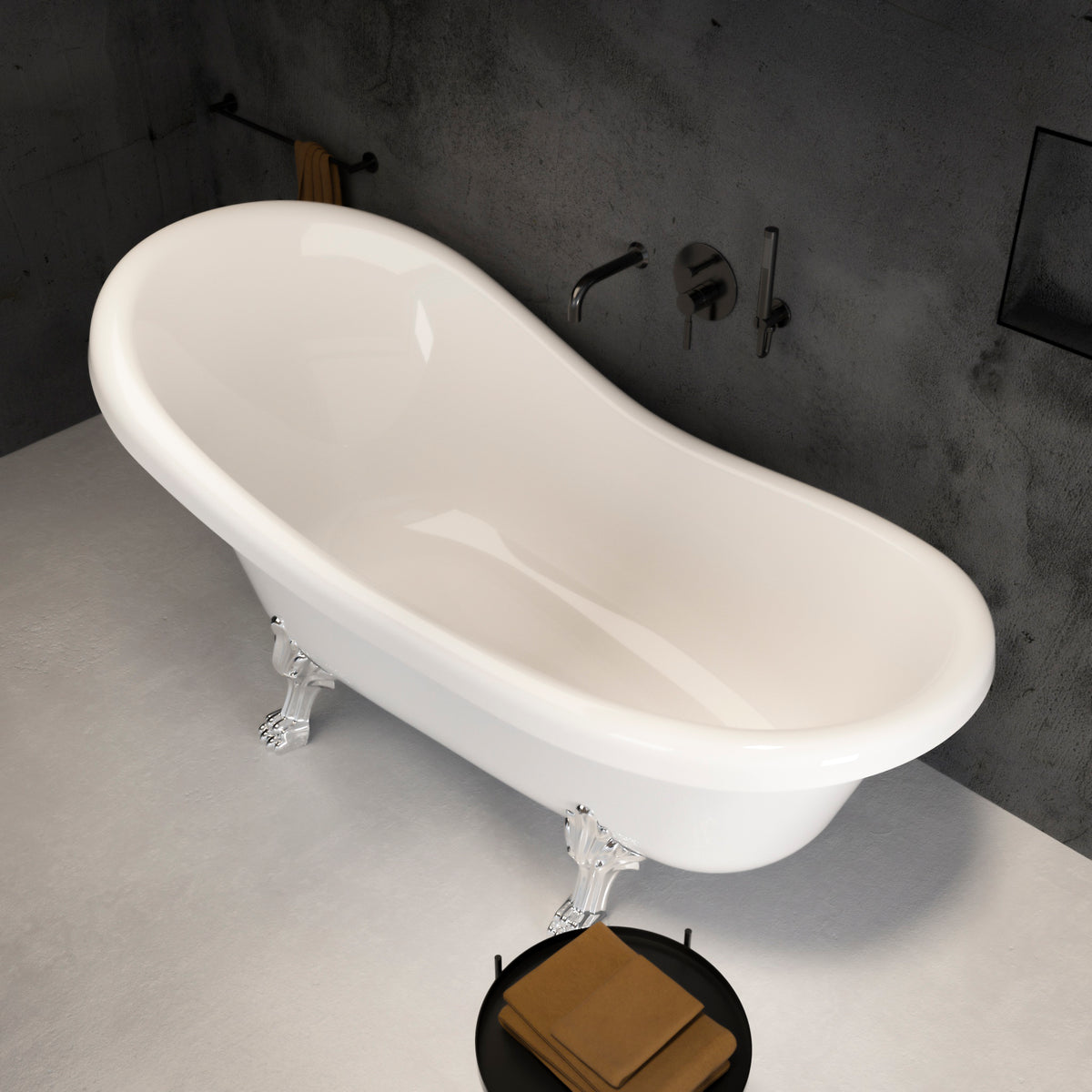

Bathroom Accessories
Bathtub Creaks When I Step In
Modified: October 20, 2024
Experience a quiet, relaxing bath with our premium bathroom accessories. Say goodbye to creaky bathtubs and enjoy a peaceful soak. Shop now!
(Many of the links in this article redirect to a specific reviewed product. Your purchase of these products through affiliate links helps to generate commission for Storables.com, at no extra cost. Learn more)
Common Causes of Bathtub Creaking
When you step into your bathtub and hear an unsettling creaking sound, it's natural to wonder what might be causing it. Several factors can contribute to this disconcerting noise, and understanding these common causes can help you address the issue effectively.
-
Subfloor Issues: One of the primary culprits behind bathtub creaking is subfloor problems. Over time, the subfloor beneath the bathtub may weaken or become damaged, leading to creaking when weight is applied. This can occur due to water damage, structural issues, or simply the natural aging of the subfloor.
-
Loose or Worn Out Components: Another frequent cause of bathtub creaking is loose or worn out components within the bathtub structure. This can include loose screws, worn-out gaskets, or deteriorating support structures. When these components become compromised, they can produce creaking sounds as the bathtub is used.
-
Improper Installation: If the bathtub was not installed correctly, it can result in creaking noises when weight is applied. This could be due to inadequate support, improper leveling, or insufficient insulation between the bathtub and the subfloor.
-
Material Deterioration: Over time, the materials used in the construction of the bathtub can deteriorate, leading to creaking sounds. This deterioration can be caused by exposure to moisture, frequent use, or simply the passage of time.
-
Temperature and Humidity Changes: Fluctuations in temperature and humidity can also contribute to bathtub creaking. As the materials expand and contract in response to these changes, they can produce creaking sounds.
Understanding these common causes of bathtub creaking is the first step toward addressing the issue. By identifying the source of the creaking, you can take the necessary steps to resolve the problem and restore peace and quiet to your bathing experience.
Key Takeaways:
- Bathtub creaking can be caused by subfloor issues, loose components, improper installation, material deterioration, and temperature changes. Identifying the source and addressing it promptly can restore peace and quiet to your bathing experience.
- To fix bathtub creaking, reinforce the subfloor, tighten or replace components, reinforce installation, repair material deterioration, control humidity and temperature, and establish a regular maintenance schedule. Seeking professional help is advisable for complex issues and persistent concerns.
How to Identify the Source of the Creaking
Identifying the source of the creaking in your bathtub is crucial for effectively addressing the issue. By carefully examining various components and considering different factors, you can pinpoint the root cause of the creaking and take appropriate measures to resolve it.
-
Visual Inspection: Begin by visually inspecting the bathtub and its surroundings. Look for any visible signs of damage, such as cracks in the bathtub itself, loose tiles, or water stains on the floor. Additionally, check for any gaps between the bathtub and the surrounding walls or flooring.
-
Weight Distribution Test: To determine if the creaking is related to subfloor issues, try redistributing your weight while standing in the bathtub. If the creaking intensifies or changes in response to weight distribution, it may indicate a problem with the subfloor.
-
Tap Test: Use a rubber mallet or a similar tool to gently tap various areas of the bathtub and its surroundings. Listen for differences in sound, as areas with underlying issues may produce a hollow or unusual sound when tapped.
-
Observing Movement: Pay attention to any movement or flexing of the bathtub when pressure is applied. Excessive movement or flexing can indicate loose components or structural issues.
-
Moisture Detection: Check for any signs of moisture or water damage around the bathtub and beneath the flooring. Moisture accumulation can weaken the subfloor and contribute to creaking.
-
Professional Inspection: If you are unable to identify the source of the creaking through visual inspection and basic tests, consider seeking the expertise of a professional. A qualified contractor or plumber can conduct a thorough assessment to diagnose the underlying issues.
By methodically examining the bathtub and its surroundings using these techniques, you can gain valuable insights into the source of the creaking. This proactive approach will enable you to make informed decisions when addressing the issue, whether through DIY solutions or professional assistance.
Steps to Fix Bathtub Creaking
Addressing bathtub creaking requires a systematic approach to identify and resolve the underlying issues. By following these steps, you can effectively mitigate the creaking and restore the tranquility of your bathing space.
-
Subfloor Reinforcement: If the creaking is attributed to subfloor issues, reinforcing the subfloor can be an effective solution. This involves accessing the area beneath the bathtub and adding additional support, such as bracing or shimming, to stabilize the subfloor. By strengthening the foundation, you can minimize flexing and eliminate the source of the creaking.
-
Tightening and Replacement of Components: Inspect the bathtub components, including screws, gaskets, and support structures, to identify any loose or worn-out parts. Tighten loose screws and fittings to secure the bathtub assembly. If components are significantly worn or damaged, consider replacing them with new, sturdy parts to ensure structural integrity and silence the creaking.
-
Reinforcement of Installation: In cases where improper installation is the root cause of the creaking, reinforcing the installation can effectively resolve the issue. This may involve adding additional support structures, adjusting the leveling of the bathtub, or installing insulation to dampen sound transmission between the bathtub and the subfloor. By addressing the installation deficiencies, you can eliminate the factors contributing to the creaking.
-
Repair of Material Deterioration: If the creaking is a result of material deterioration, consider repairing or replacing the affected components. This may involve patching cracks in the bathtub, replacing deteriorated seals and gaskets, or reinforcing weakened areas. By restoring the structural integrity of the bathtub materials, you can eliminate the creaking and prolong the lifespan of the fixture.
-
Humidity and Temperature Control: Implement measures to control humidity and temperature fluctuations in the bathroom. This can include improving ventilation to reduce moisture accumulation, using dehumidifiers to maintain optimal humidity levels, and insulating the bathtub surroundings to minimize the impact of temperature changes. By creating a stable environment, you can mitigate the expansion and contraction of materials that contribute to creaking.
-
Regular Maintenance: Establish a routine maintenance schedule to inspect and maintain the bathtub and its surrounding components. This includes checking for signs of water damage, tightening fittings, and addressing any emerging issues promptly. By staying proactive with maintenance, you can prevent future instances of bathtub creaking and ensure the longevity of the fixture.
By following these steps, you can effectively address bathtub creaking and enhance the comfort and functionality of your bathing space. Whether through DIY efforts or with the assistance of professionals, resolving bathtub creaking will contribute to a serene and enjoyable bathing experience.
When to Seek Professional Help
In some instances, addressing bathtub creaking may require the expertise of professionals to ensure comprehensive and lasting solutions. Knowing when to seek professional help is essential for effectively resolving complex issues and safeguarding the structural integrity of your bathtub and its surroundings.
Complex Subfloor Issues
If the creaking in your bathtub is attributed to extensive subfloor damage or structural deficiencies, it is advisable to enlist the services of a qualified contractor or structural engineer. These professionals possess the expertise to conduct a thorough assessment of the subfloor, identify underlying issues, and implement targeted solutions to reinforce the foundation. By addressing complex subfloor issues with professional assistance, you can prevent further damage and ensure the long-term stability of your bathtub installation.
Read more: When Was The Bathtub Invented
Extensive Material Deterioration
When the creaking is a result of significant material deterioration within the bathtub structure, seeking professional help is crucial. Experienced plumbers or bathtub specialists can evaluate the extent of the deterioration, recommend appropriate repair or replacement options, and execute the necessary interventions with precision. By entrusting the restoration of deteriorated materials to professionals, you can effectively eliminate the creaking and prolong the lifespan of your bathtub.
Challenging Installation Deficiencies
In cases where the creaking is linked to challenging installation deficiencies, such as inadequate support or improper leveling, professional intervention is highly beneficial. Skilled contractors or bathroom remodeling experts can reassess the installation, implement corrective measures, and optimize the structural integrity of the bathtub assembly. Their expertise in addressing installation challenges ensures that the creaking is resolved comprehensively, providing you with a stable and silent bathing environment.
Persistent and Unresolved Issues
If you have attempted DIY solutions to address the bathtub creaking without success, persistent or unresolved issues warrant professional evaluation. A seasoned plumber or contractor can conduct a detailed inspection, utilize specialized diagnostic tools, and leverage their experience to identify elusive sources of creaking. By seeking professional help for persistent issues, you can gain valuable insights and access targeted solutions that effectively eliminate the creaking.
Proactive Maintenance and Assessment
Engaging professionals for periodic maintenance and assessment of your bathtub can also contribute to early detection and resolution of potential creaking issues. By scheduling routine inspections with experienced plumbers or contractors, you can proactively address emerging concerns, prevent escalated problems, and maintain the optimal condition of your bathtub.
Knowing when to seek professional help for bathtub creaking empowers you to address complex challenges effectively, safeguard the structural integrity of your bathing space, and enjoy a serene and reliable bathing experience. Whether faced with intricate subfloor issues, extensive material deterioration, challenging installation deficiencies, persistent concerns, or proactive maintenance needs, professional assistance ensures that the creaking is addressed comprehensively and with lasting results.
Frequently Asked Questions about Bathtub Creaks When I Step In
Was this page helpful?
At Storables.com, we guarantee accurate and reliable information. Our content, validated by Expert Board Contributors, is crafted following stringent Editorial Policies. We're committed to providing you with well-researched, expert-backed insights for all your informational needs.
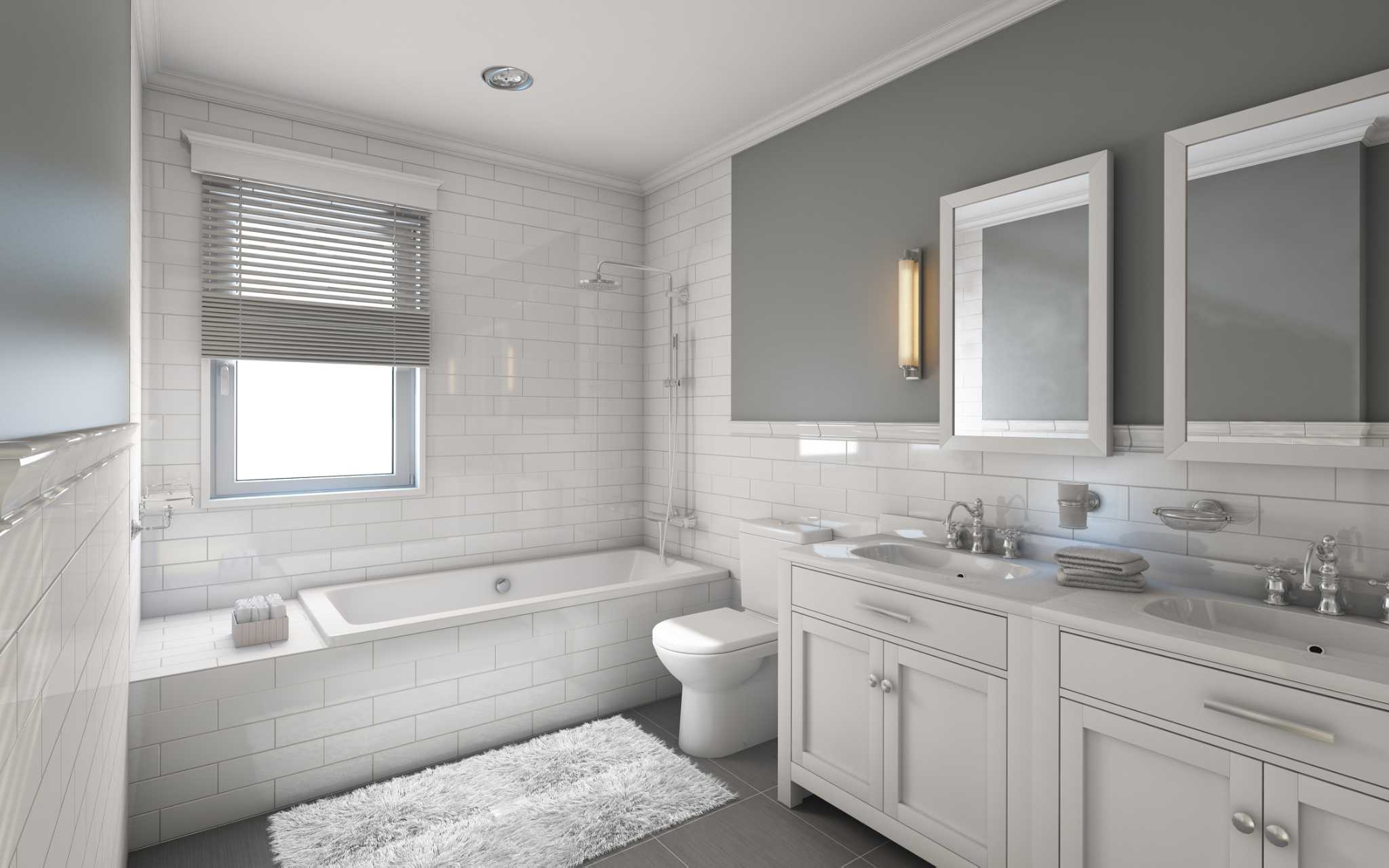
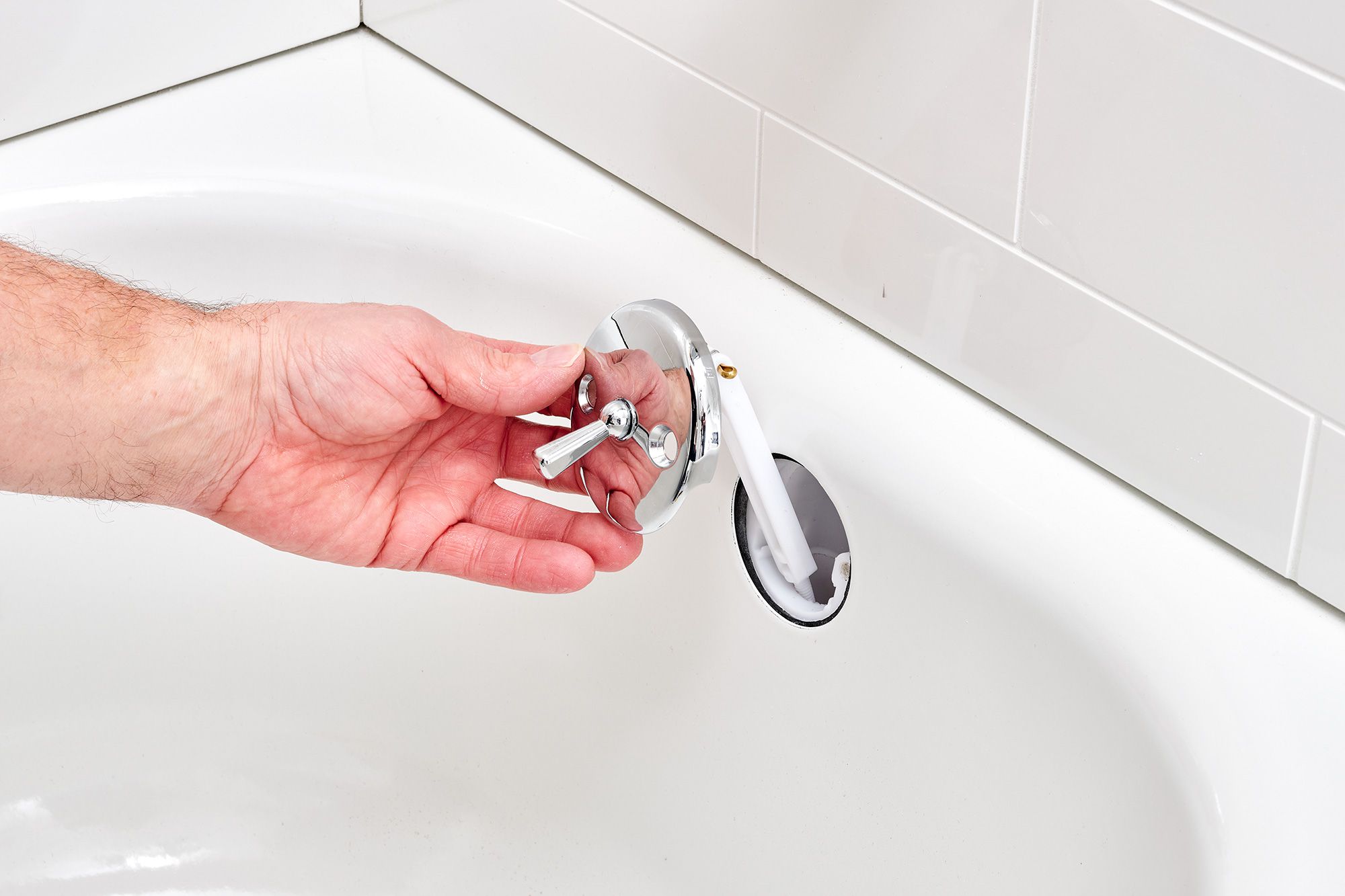
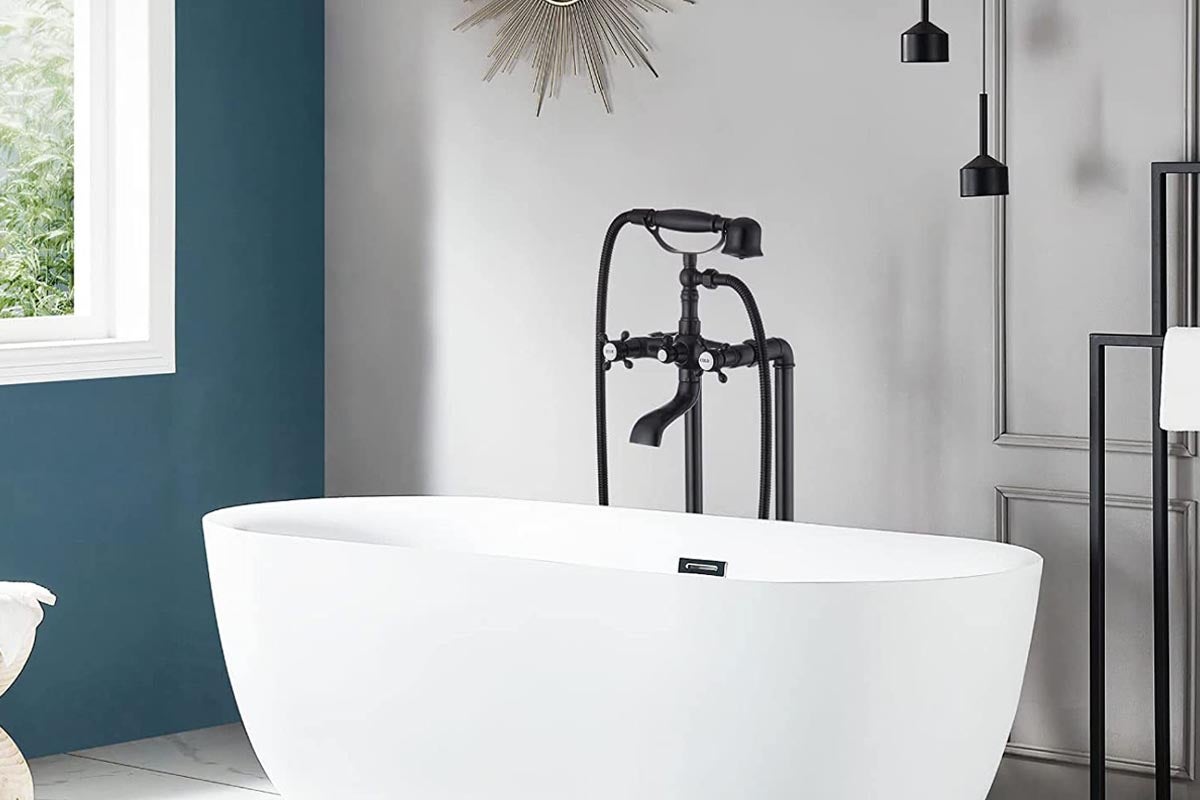
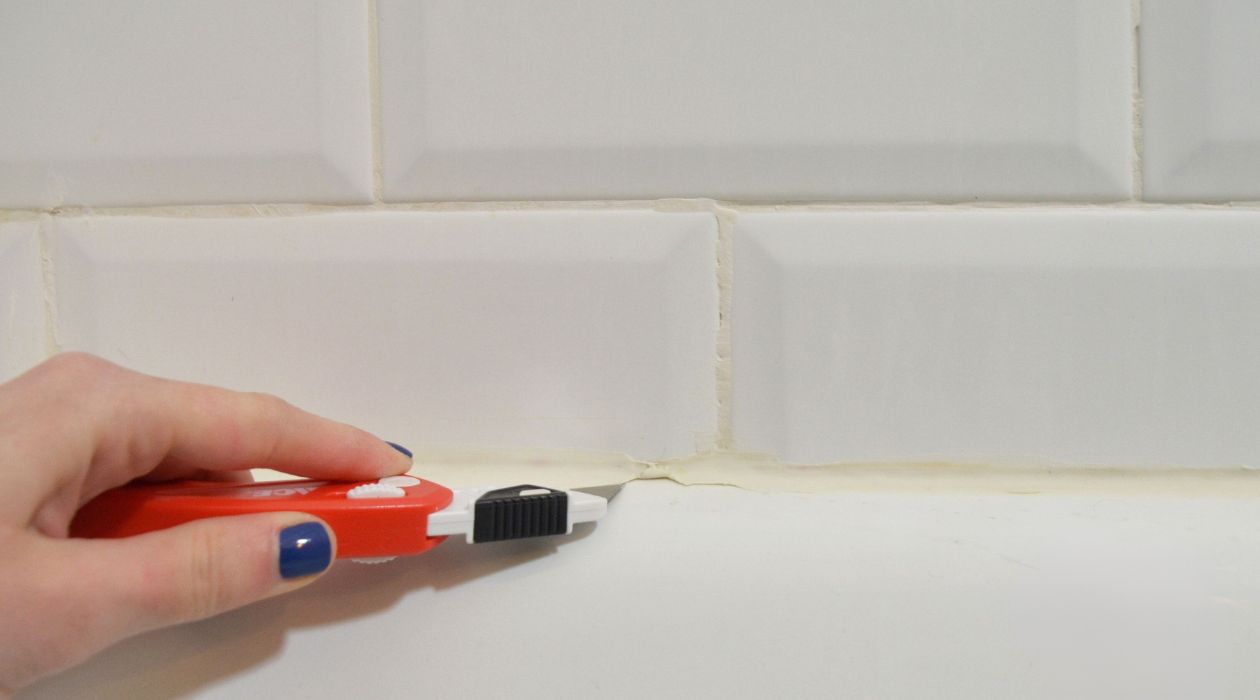
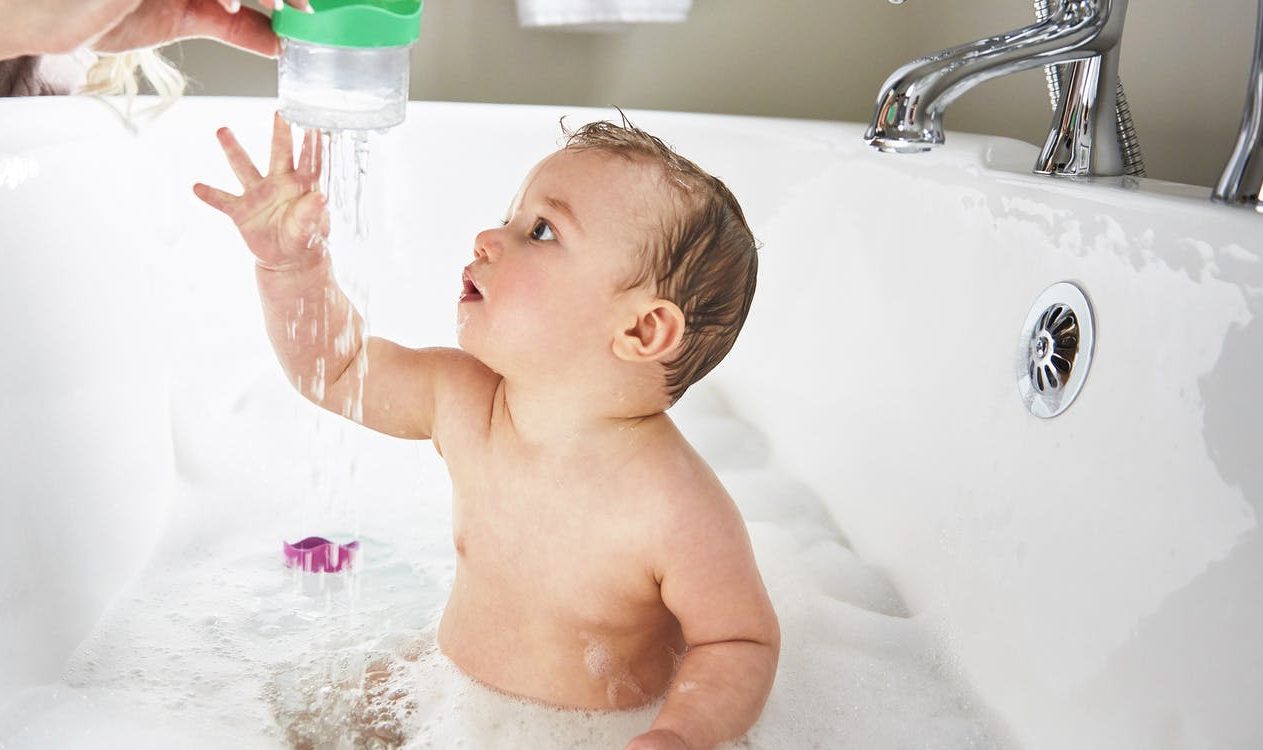


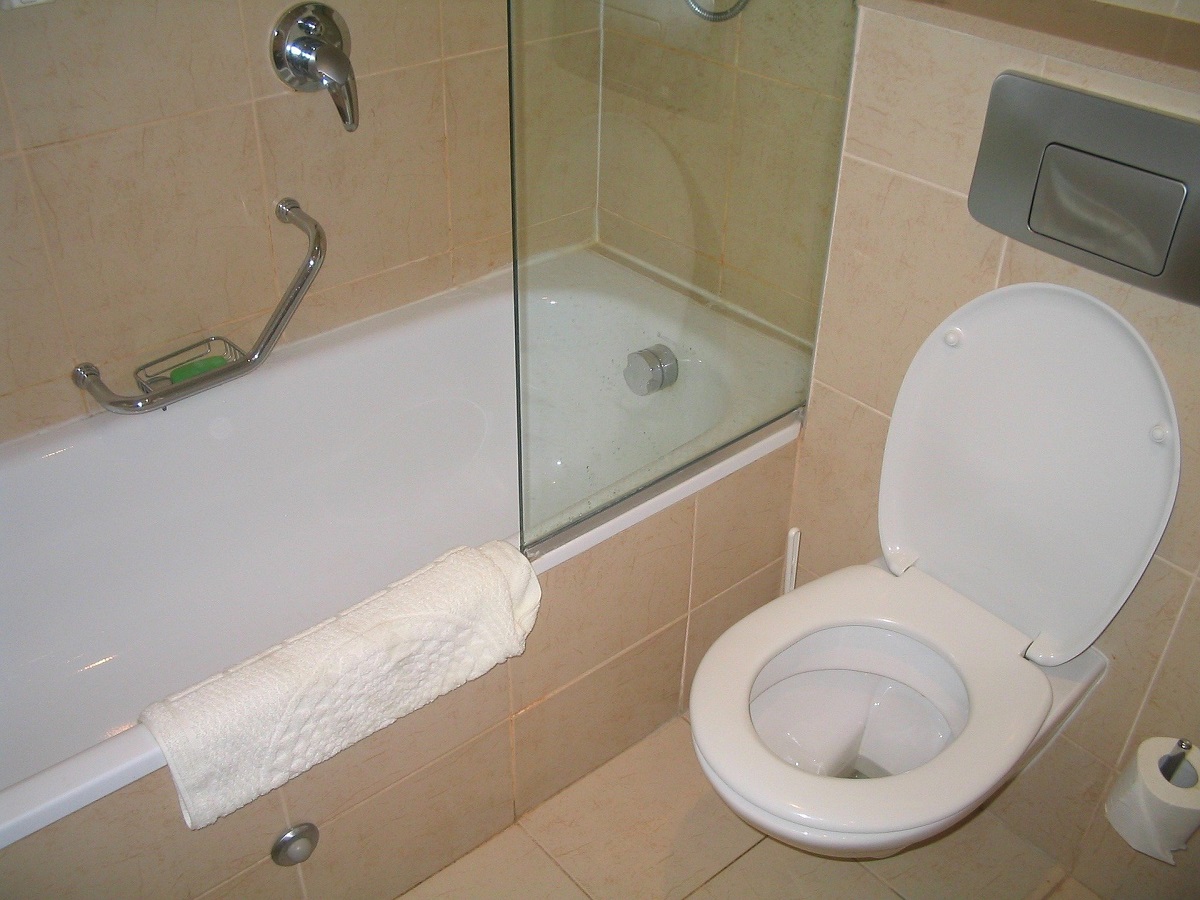

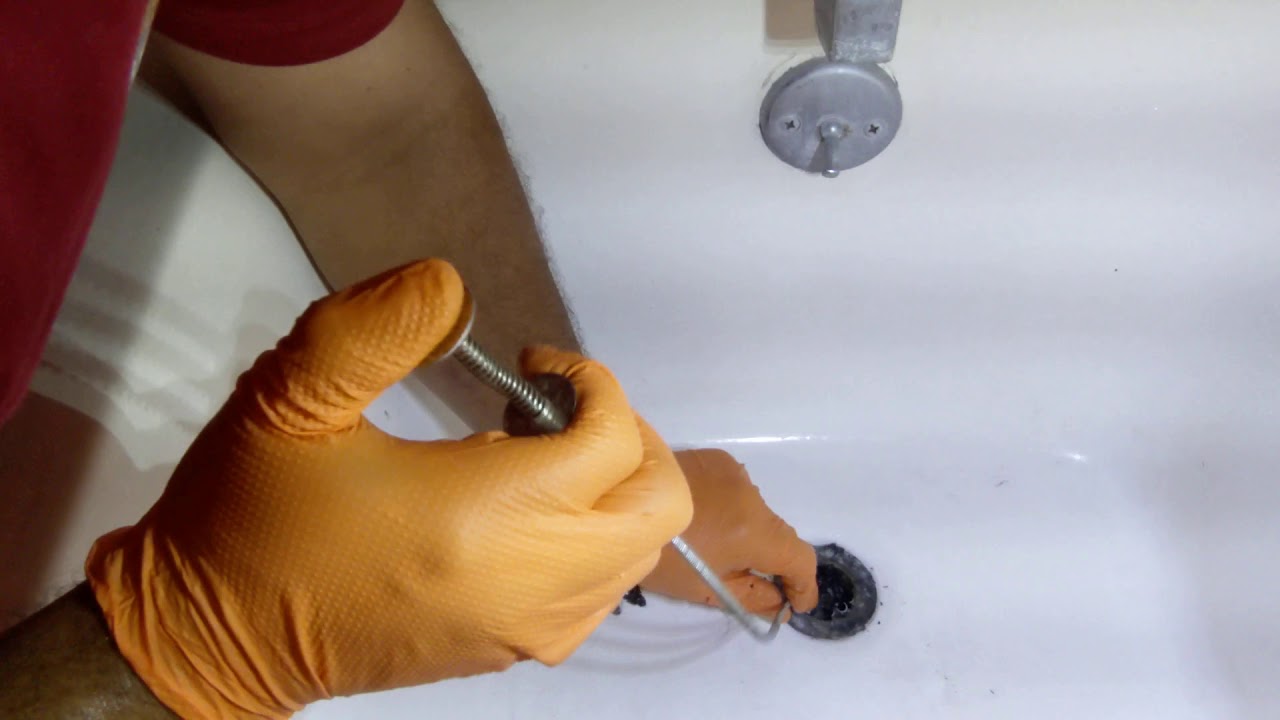

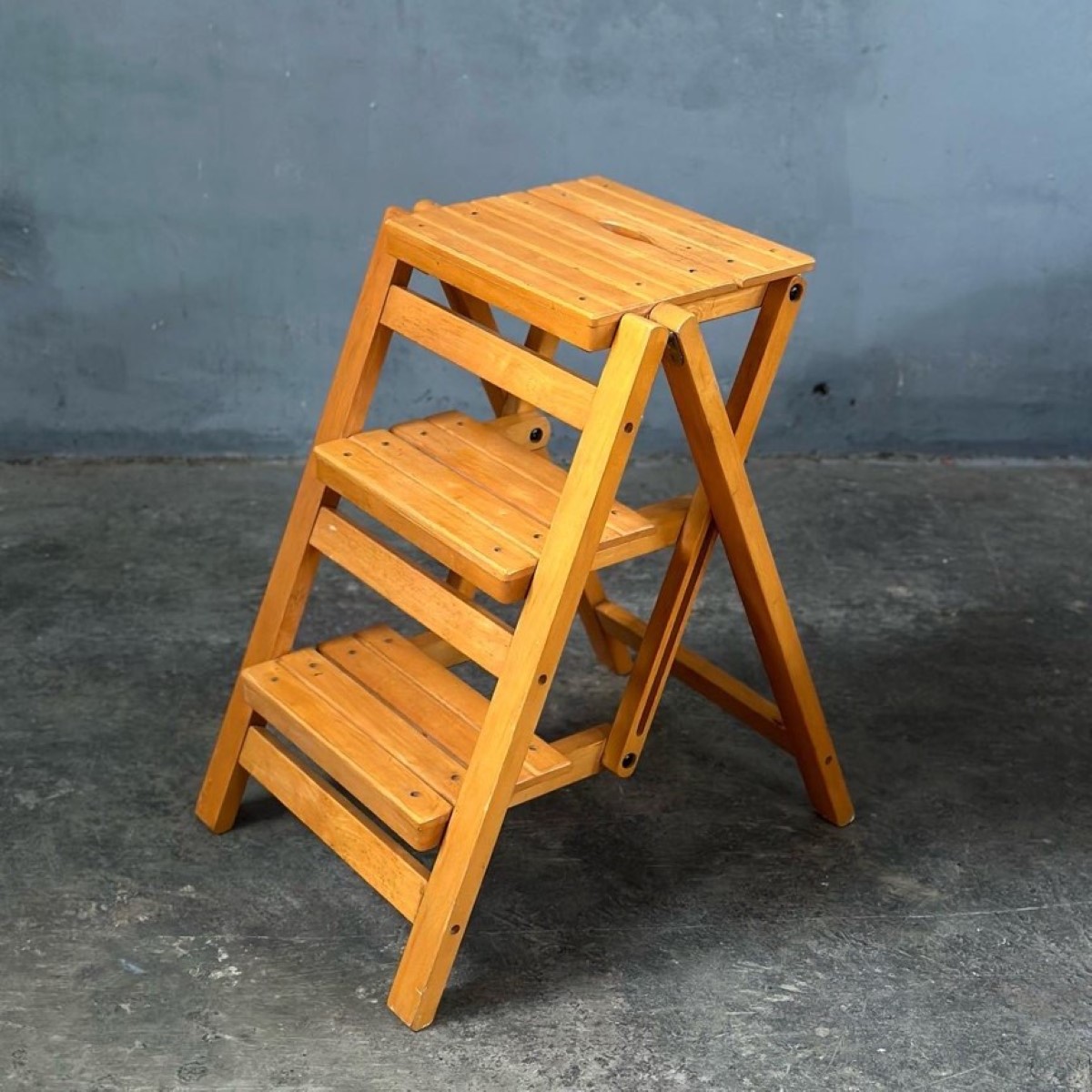
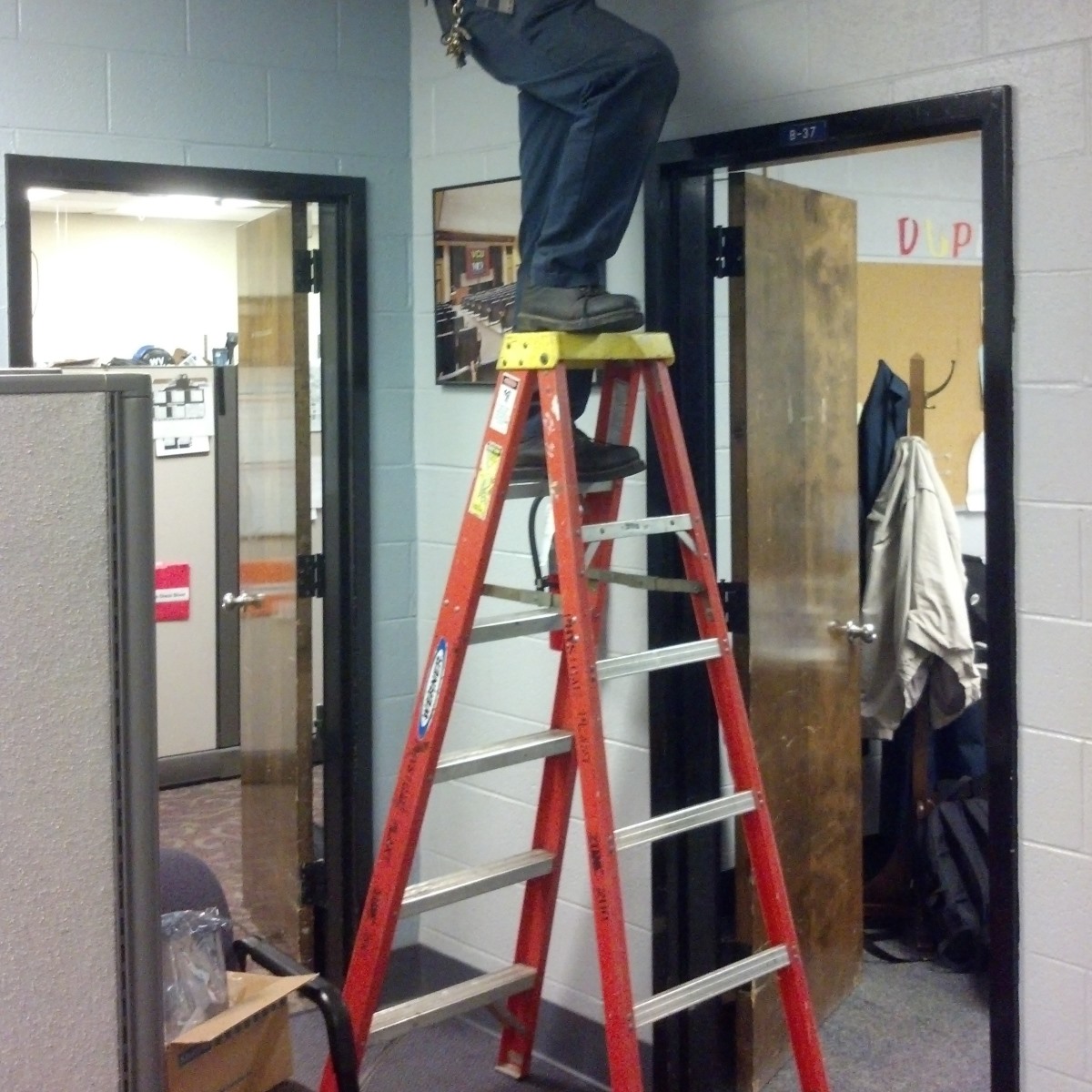


0 thoughts on “Bathtub Creaks When I Step In”